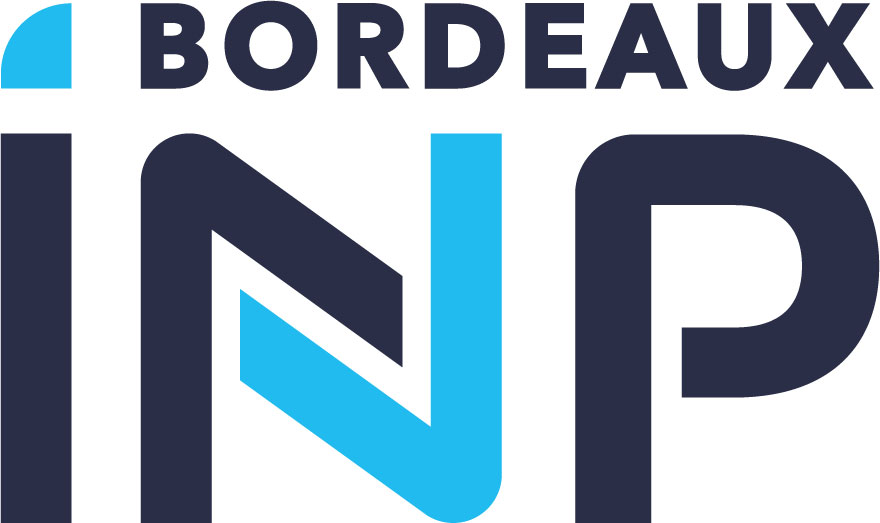Tous les événements à venir
N’afficher que les événements de cette semaine
Le résumé de l'exposé de Damien
Lien bientot disponible
On étudie l'équation des ondes amorties sur le 2-tore (plat). Une question naturelle est de quantifier la vitesse de décroissance de l'énergie au cours du temps, selon les propriétés du coefficient d'amortissement (une fonction continue b(x) qui indique en chaque point du tore la force de l'amortissement subi localement par les ondes).
Dans ce travail, on quantifie cette décroissance, notamment en terme de la forme du support de b(x) : ensemble de classe C^2, polygone, présence de pointes, etc.
Collaboration avec Kiril Datchev et Perry Kleinhenz.
We will examine stochastic implicit algorithms. These algorithms have proven more robust with respect to step size selection compared to their explicit counterparts. Specifically, we will show that variance reduction techniques enable to improve the convergence rates of these implicit algorithms as already seen for explicit ones
Quantum computers are great news for physicists and virologists but terrible news for cybersecurity. In this talk, we’ll demystify how modern cryptography works, why Shor’s algorithm changes the rules, and what "post‑quantum" actually means. We will meet the main protagonists: lattices, codes, multivariate systems, hash functions and isogenies, and explain what is hybridization. We will also see why we have to quickly switch to post-quantum cryptography because of the “harvest now, decrypt later”. It is a high-level presentation, so you don't need to be a professional cryptographer to attend ;).
Séminaire commun avec Optimal
Le résumé de l'exposé d'Olivier
This talk presents computational and theoretical advances/experiments in Mixed Integer Nonlinear Programming across two complementary themes. The first focuses on emerging MINLP techniques — online learning for pseudo cost estimation, ReLU-based neural methods for cut separation, and AlphaEvolve-style modelling — that aim to modernize the MINLP solver. The second focuses on aggregation-based cutting planes, highlighting the practical importance of Complemented Mixed Integer Rounding (CMIR) cuts in modern MILP solvers. A sparsity-driven aggregation framework is introduced that models aggregation as an MILP and a two-stage LP heuristic that produces sparse, strong aggregated rows with measurable gains on MIPLIB2017. Theoretical results show CMIR cuts frequently define faces (and empirically facets) of the convex hull; Fenchel-style normalization is proposed to strengthen them. Finally, we give a prospect on the MINLP solving.
À préciser
TBA
TBA
Attention-based models, such as Transformer, excel across
various tasks but lack a comprehensive theoretical understanding. To
address this gap, we introduce the single-location regression task,
where only one token in a sequence determines the output, and its
position is a latent random variable, retrievable via a linear
projection of the input. To solve this task, we propose a dedicated
predictor, which turns out to be a simplified version of a non-linear
self-attention layer. We study its theoretical properties, both in terms
of statistics (gap to Bayes optimality) and optimization (convergence of
gradient descent). In particular, despite the non-convex nature of the
problem, the predictor effectively learns the underlying structure. This
highlights the capacity of attention mechanisms to handle sparse token
information. Based on Marion et al., Attention Layers Provably Solve
Single-Location Regression, ICLR 2025, and Duranthon et al., Statistical
Advantage of Softmax Attention: Insights from Single-Location
Regression, submitted.
À préciser
à définir
À préciser
A définir
A définir
TBA
TBA
TBA
We study the Vehicle Routing Problem with Stochastic Demands (VRPSD), which involves optimizing delivery routes for vehicles with limited capacity to serve customers whose demands are unknown when designing the routes. The routes are designed taking into account the possibility that a route may have too much demand for the capacity of a vehicle to be delivered, in that case recourse actions can be taken, inducing a cost. This problem seeks to minimize routing costs and the expected recourse costs.
The Vehicle Routing Problem with Stochastic Demands is relevant as it addresses the need for efficient logistics under uncertainty in transportation and supply chain management. As a result, research on this problem is very active, and recent advances in exact resolution methods allow for tackling larger instances more efficiently and with greater generality regarding the different hypotheses surrounding recourse and uncertainty modeling.
In this talk, we present the state-of-the-art methods for solving the VRPSD. We first provide a definition of the problem and list its various components that can vary, such as recourse actions and different ways to model uncertainty. Then, we present different methods from the literature to solve the VRPSD, with a focus on the Disaggregated L-shaped method.



